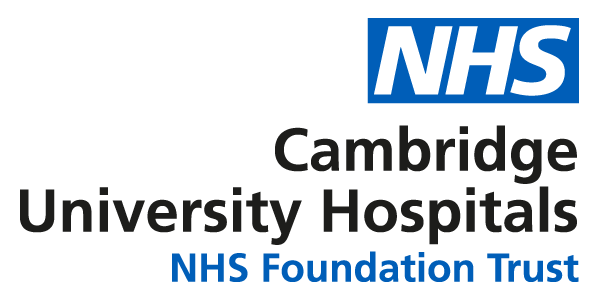This page provides guidance for clinicians and histopathology on the process for accessing solid tumour whole genome sequencing via East Genomics for referrers outside of Cambridge University Hospitals (CUH).
This page is for referrers outside of CUH. If you are referring within CUH via EPIC separate guidance is available.
Please ensure you follow all of the below nine steps when referring for WGS.
| Referral | Volume of Blood | Blood tube Preservative Type |
|---|---|---|
| Referral Adult | Volume of Blood 3-5ml | Blood tube Preservative Type EDTA |
| Referral Paediatric | Volume of Blood >3ml | Blood tube Preservative Type EDTA |
| Referral Infant | Volume of Blood 1-3ml | Blood tube Preservative Type EDTA |
Appendix – auto-populated test request form
Go to NHS England test selection page (opens in a new tab).
Search and select relevant clinical indication
If patient is eligible, click Yes, start referral
Click Use the PDF order form
Search and select site requesting WGS (sites served by the East-GLH are listed here.
Continue and then Download referral form
Complete form. Mandatory information must be provided (highlighted in screenshot below).
The GLH cannot order WGS without it:
- Requesting organisation (auto populated)
- Patient demographics
- Test directory clinical indication code (auto populated)
- Presentation status
- Solid tumour requests
- Indicate if Primary, Metastatic, Unknown, Lymphoma
- Histopathology Lab ID
- Date of the Diagnosis
- Indicate tumour/germline sample type
- Tumour purity
- Submitter contact details
Print form and send with sample to the East Genomics address indicated on the GMS page.



